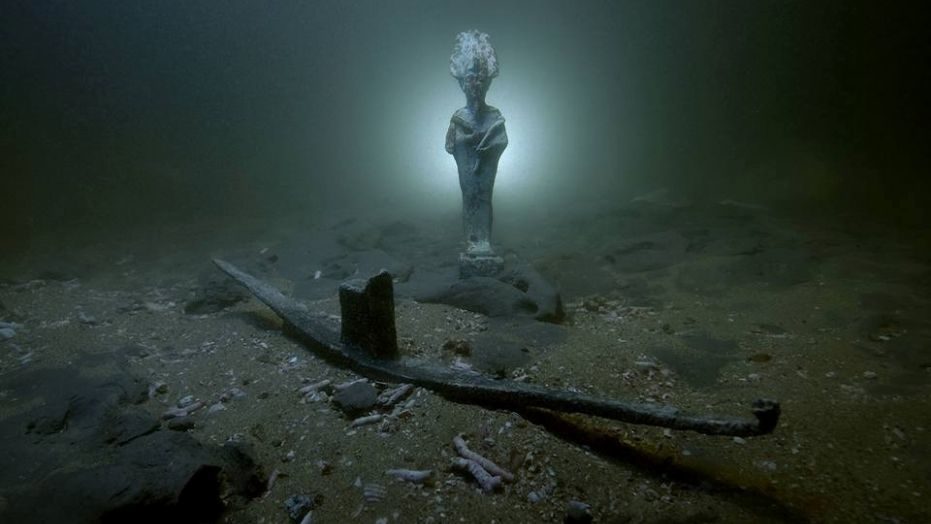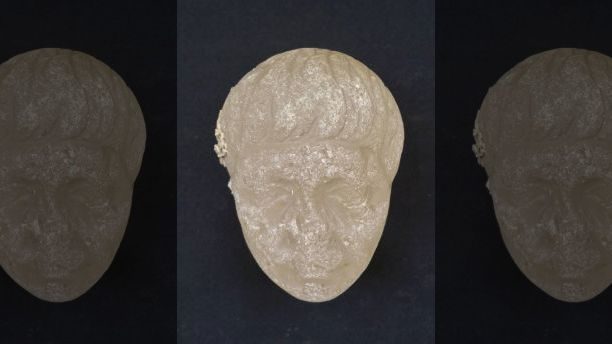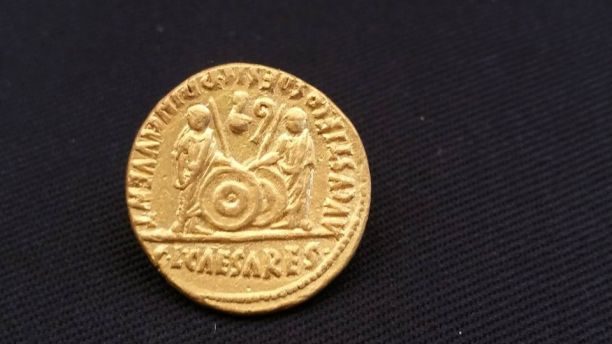
Al Ahram reports that the discoveries were made in Alexandria's Eastern harbor and Abu Qir Bay, during excavations by the Egyptian Ministry of Antiquities' Underwater Archaeology Department and the European Institute of Underwater Archaeology.
In a post on Facebook, Dr. Mostafa Waziri, secretary-general of Egypt's Supreme Council of Antiquities said that the shipwrecks were found in Alexandria's Eastern harbor. Experts are confident that a fourth wreck will also be located, citing the discovery of large wooden planks and pottery remains that may be from the ship's cargo.
Artifacts discovered by the research team include a "royal head" carved from crystal that may depict the famous Roman general Marcus Antonius, or Marc Antony. Three gold coins dating back to the time of the Emperor Augustus, who ruled from 27 B.C. to 14 A.D., were also found in Abu Qir bay about 12 miles from Alexandria.

The finds are just the latest fascinating archaeological discoveries in Egypt. Archaeologists, for example, recently unearthed an ancient gymnasium that dates back to the third century B.C. A joint team of German and Egyptian archaeologists made the discovery at Watfa in Fayoum province, about 50 miles southwest of Cairo.
Earlier this month, scientists also announced that they had discovered a mysterious chamber inside Egypt's Great Pyramid of Giza.

In June, archaeologists from Yale and the Royal Museum of Art and History in Belgium announced the discovery of the earliest-known 'billboard-sized' hieroglyphs in the ancient city of Elkab.
Other finds include a 3,000-year-old royal tomb in the Luxor area and the tomb of an ancient gold worker on Sai Island in northern Sudan.
The Associated Press contributed to this article.
Follow James Rogers on Twitter @jamesjrogers



Reader Comments
to our Newsletter